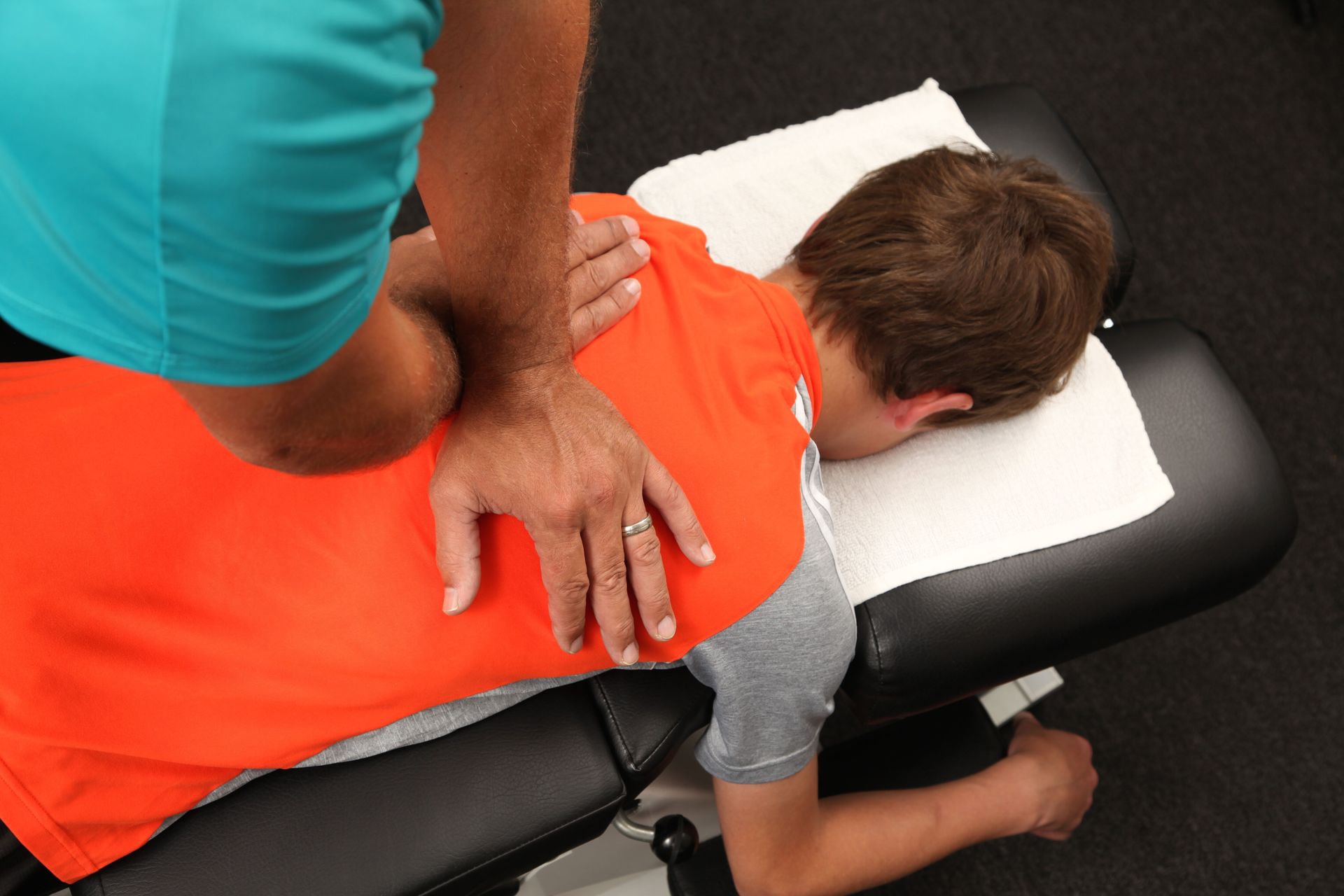Fax
Billing
Fax
Billing
5 Common Goals of Pediatric Occupational Therapy
The overarching goal of pediatric occupational therapy is to help children develop the skills needed to participate fully in daily activities. To develop these competencies, the occupational therapist (OT) works with children and their families. Once they've identified the child's unique challenges, the OT then develops a treatment plan. According to The College of St. Scholastica, problems related to sensory processing are apparent in 80% of autistic children. With this in mind, we've compiled the top five goals that pediatric occupational therapy aims to achieve.
1. Improve Fine Motor Skills
Using the small muscles in the hands and fingers is especially important for writing, using utensils, and manipulating small objects. Struggling with these tasks may impact a child's school performance and self-esteem. OTs use adaptive tools like pencil grips or large-handled scissors to target hand-eye coordination, finger strength, and agility.
2. Advance Gross Motor Skills
Activities such as running, jumping, and climbing use the larger muscles in the child's body. Gross motor skills enable the child to use coordination, balance, and strength to participate in physical activities. OTs often use balance boards, balls, and swings to help improve these competencies.
3. Develop Sensory Processing Skills
Sensory processing refers to how the child responds to sensory input, like touch, sound, and movement. Professional pediatric occupational therapy can aid in developing sensory processing skills using different types of sensory input, such as tactile or auditory stimulation.
4. Enhance Social Skills
The ability to interact with others appropriately is an essential skill. Children who struggle socially may have difficulty making friends, understanding social cues, or managing their emotions when in the company of others. OTs can help enhance social skills by utilizing activities focusing on communication, problem-solving, and emotional regulation. These professionals may help the child develop social stories or role-play scenarios so they can practice these skills in a supportive environment.
5. Refine Self-Care Skills
Children who struggle with dressing, grooming, and feeding themselves may need assistance from others, which can impact their independence and self-esteem. OTs use activities that target motor planning, sequencing, and organization, which help the child develop adaptive strategies, such as using visual schedules or breaking tasks down into smaller steps.
Pediatric OTs assist children in developing the skills they need. No matter which competencies your child is struggling with, a therapist can develop a treatment plan that is tailored to their unique needs and goals. Contact Interact Therapy to find out how we can assist your child today!
VISIT US
HOURS
HOURS
CONTACT US


Share On: